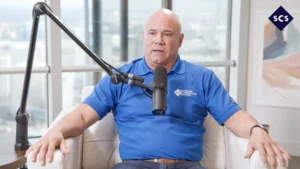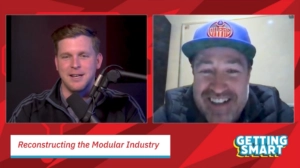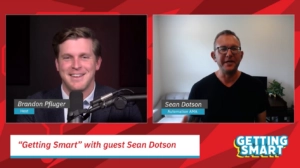The data center market in the United States and all across the globe is growing at an astonishing pace. With 583.5 MW of absorption across the major regions of the United States, Canada, Europe, and Pacific Asia, 2017 was an incredible year for the business. In fact, according to research from Jones Lang Lasalle, mergers and acquisitions in the data center market were strong in 2016, and even more so in 2017.
The upward trend of the data center market has been spurred by technological innovations in data storage, but also by the supporting cooling infrastructure required to facilitate enhanced data center performance. Liquid-based cooling have become more popular as they consume less energy than air cooled systems. With energy prices estimated to rise approximately ten percent per year according to Gartner research, this trend is also predicted to continue.
Beyond cooling these data centers, their enclosures must be designed to not only protect these critical systems, but also function to facilitate energy efficient operation.
Data Center Business Growth
The data center business is booming. M&A activity in the data center industry is extremely active. With 48 deals in 2017 totaling almost $20 billion, last year nearly exceeded 2015 and 2016 combined. Beyond that, international interest in the United States data center market continues to grow. Foreign investments are pouring in while overseas development of their own data centers is also progressing at a blistering pace.
Within the data center market, “edge” markets are taking a larger role as small peripheral operations are popping up where proximity to the end user is of key business value. Another driver in the market is the prevalence of add-on services, as data center operators seek out new ways to monetize their existing infrastructure.
Supporting Data Center Innovations
Two key considerations when supporting data centers are the cooling system and the building in which the data center will operate. As far as cooling is concerned, liquid cooled systems often offer a higher cooling capacity than air-cooled systems. Even so, some air-cooled data center designs also incorporate the ability to easily retrofit a liquid cooled system should more cooling be required at a later date.
Another trend in the industry is the use of pre-fabricated buildings to house data centers. With this method, on-site construction times and overall building costs are slashed, resulting in lower capital expenditure to initiate data center operations. Even though much of the building construction occurs in a different location, features that facilitate efficient data center operation can be incorporated with ease. Whether these designs are off the shelf or customized for specific purposes, the cost and time savings are immense compared to traditional construction methods.
The global reliance on data centers is increasing at a rapid pace with no signs of slowing down. Protecting these data centers is essential as down time, no matter how short, can be extremely detrimental to the business. Fibrebond understands the need for low cost, reliable data center enclosures that are delivered to site and ready to go.
Learn more about Fibrebond enclosures for data centers here!
Read more at fibrebond.com









